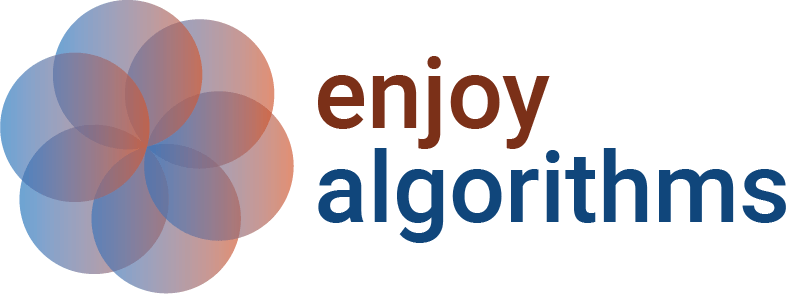Networking Transport Layer: TCP vs UDP Protocols
𝗧𝗿𝗮𝗻𝘀𝗺𝗶𝘀𝘀𝗶𝗼𝗻 𝗖𝗼𝗻𝘁𝗿𝗼𝗹 𝗣𝗿𝗼𝘁𝗼𝗰𝗼𝗹 (𝗧𝗖𝗣)
- A heavy-weight connection-oriented protocol that treats the data as a stream of bytes.
- Helps us to send data without errors or duplication and receive it in the same order as it is sent.
- Uses handshake protocols like SYN, SYN-ACK, and ACK to guarantees the delivery of data to the destination. That's why it is highly reliable but slower in performance.
- Performs error checking and error recovery.
𝗨𝘀𝗲𝗿 𝗗𝗮𝘁𝗮𝗴𝗿𝗮𝗺 𝗣𝗿𝗼𝘁𝗼𝗰𝗼𝗹 (𝗨𝗗𝗣)
- A light-weight connectionless protocol that provides an unreliable datagram connection between applications.
- There is no fixed order of the data transmission and data can be lost or duplicated.
- Faster in performance but does not guarantee the delivery of data to the end destination.
- Performs error checking but not error recovery.
Applications that use TCP - Gmail, World Wide Web, etc.
Applications that use UDP - Media Streaming application like YouTube, online multiplayer games, etc.
Share Your Insights
More from EnjoyAlgorithms
Self-paced Courses and Blogs
Coding Interview
OOP Concepts
Our Newsletter
Subscribe to get well designed content on data structure and algorithms, machine learning, system design, object orientd programming and math.
©2023 Code Algorithms Pvt. Ltd.
All rights reserved.
